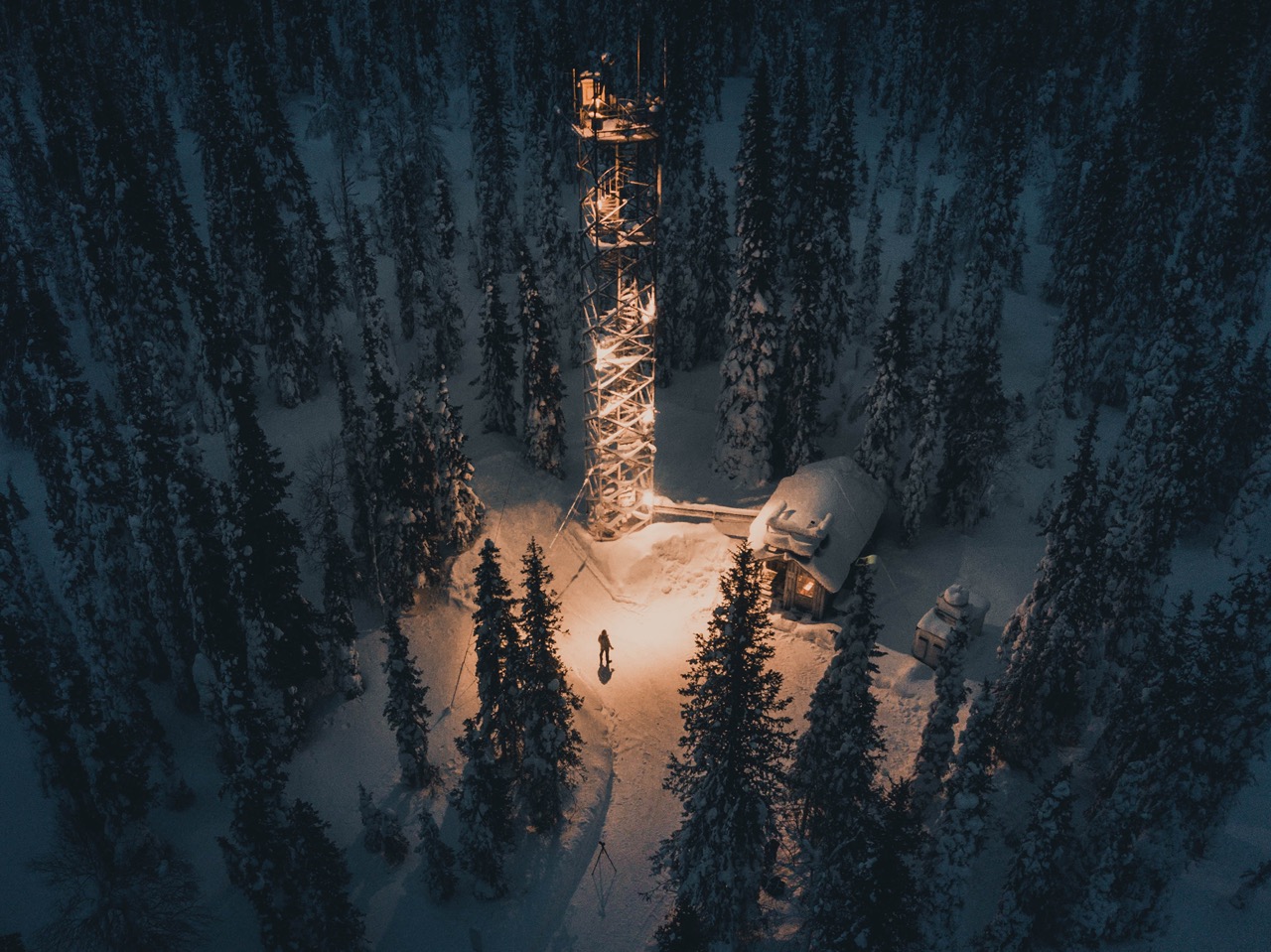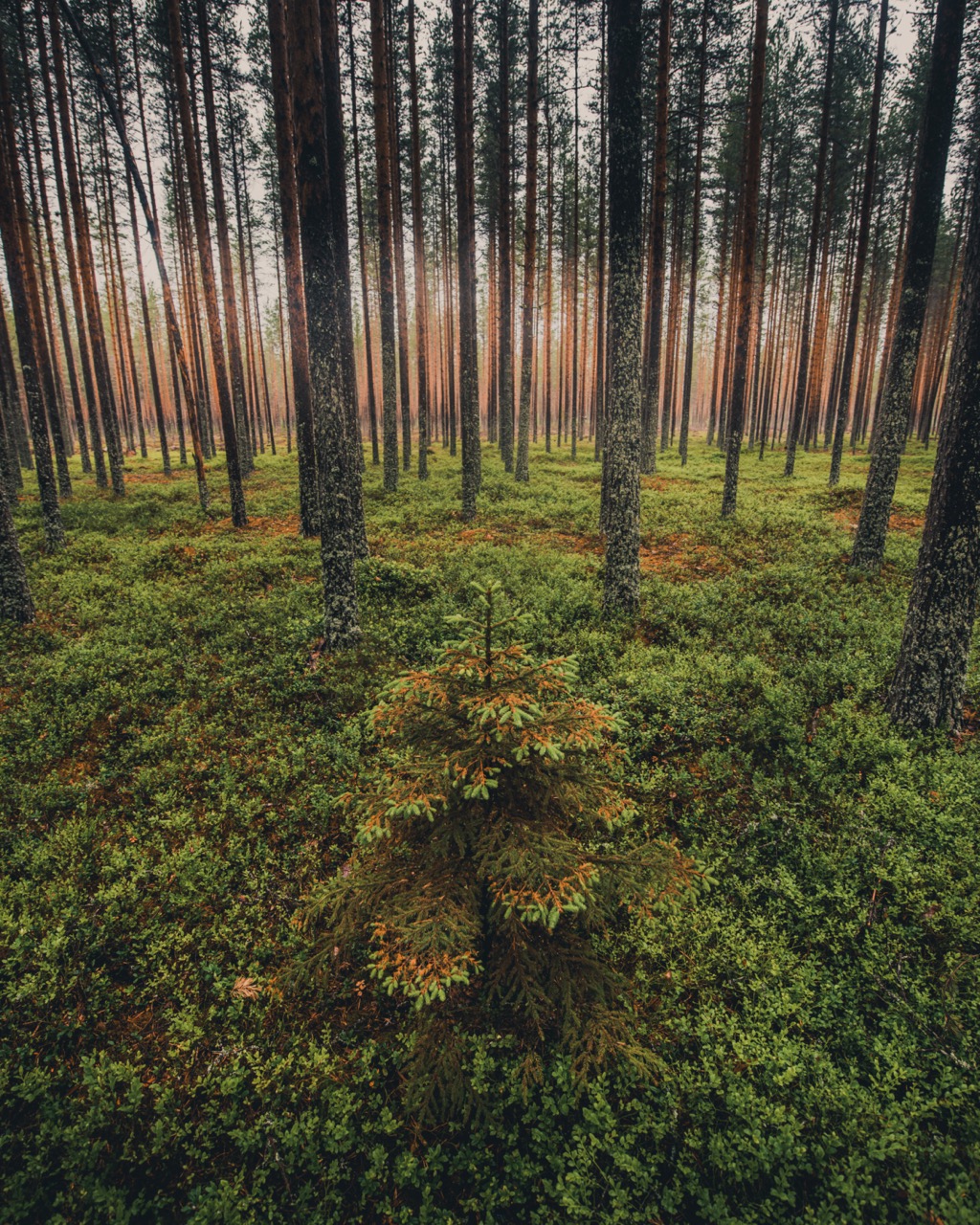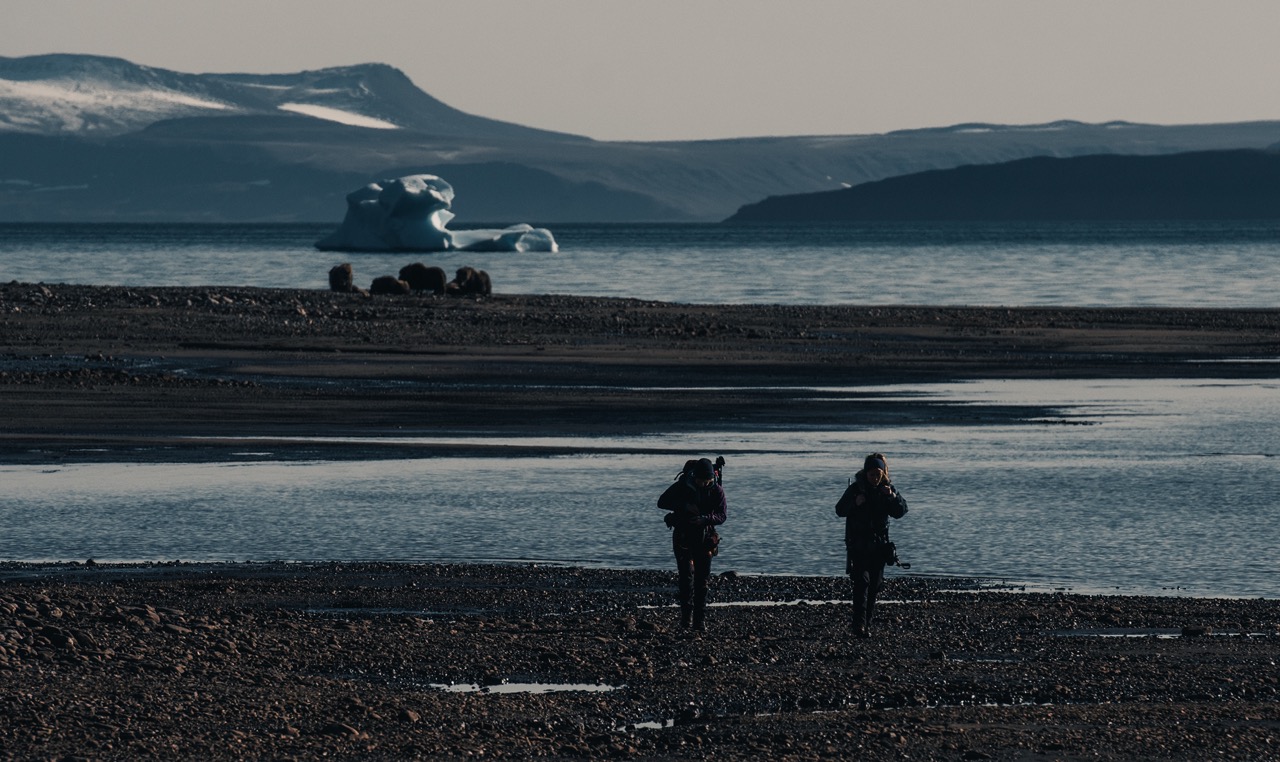
ICOS data is being used by scientists all around the world. How are researchers outside Europe using ICOS data, and what makes the data so useful for them? We spoke to Isabel Wargowsky, a Research Assistant from the United States, who used ICOS ecosystem data in her study of carbon fluxes in the Arctic and boreal regions.
Isabel Wargowsky is a Research Assistant at the Woodwell Climate Research Center, a scientific research organization in the United States that studies climate change impacts and solutions. Wargowsky’s work in the Arctic program of the centre focuses on synthesising and understanding carbon flux observations from the Arctic and boreal regions. The work is part of the project titled Permafrost Pathways, which monitors how quickly permafrost is thawing and what consequences it has for the global climate and communities living within and outside the permafrost region.
“What drew me to this research was the fact that the permafrost thawing was such a pressing issue. I thought this job would allow me to work in environmental science and have an impact”, Wargowsky describes. “I love that we have a policy side to our team and I feel like my research is doing something and is being used by policymakers to help understand global carbon budgets.”
The images many of us have about the Arctic stem from perhaps the Christmas movies or advertisements of the past, but that idyllic, snow-covered image is quickly changing.
“The arctic and boreal region is going through a profound environmental change that’s so much more than just the ice caps melting”, Wargowsky continues. “The thawing of permafrost is incredibly dangerous. The region contains a carbon stock up to three times the amount that’s stored in the atmosphere. So as global temperatures rise, the carbon that was previously sequestered in the permafrost is being released as carbon dioxide and methane that are further warming the climate. These potentially large carbon emissions from the Arctic region are currently not included in a lot of carbon budget estimates informing policy decisions.”

Ecosystem measurements from 13 ICOS stations
Arctic and boreal regions include areas around the Arctic Circle, such as Alaska, most of Canada, Norway, Sweden, Finland, most of Russia and parts of Mongolia. ICOS stations provide important measurements from the European side of the region. For her research, Wargowsky used eddy covariance carbon flux measurements from the ICOS Level 2 Ecosystem data and the Warm Winter 2020 datasets. The data she used came altogether 13 different ICOS stations in Sweden, Finland, Norway and Greenland. On top of carbon flux measurements, the data sets include ancillary measurements and meteorological variables.
“A somewhat large percentage of our data came from ICOS, altogether around 1,800 unique site months. That data is super valuable because data from the arctic-boreal region can be hard to come by.”
The idea to use ICOS data originally came from Wargowsky’s supervisor Anna Virkkala, who is part of a team currently setting up a measurement station herself in the ICOS Finland network. For Wargowsky, an early career scientist, the accessibility and user-friendliness of the ICOS data was a big plus.
“ICOS was my introduction to flux data and large data repositories”, she says. “I found the data portal fairly intuitive to use. I think it was my first week on the job when I looked at the map of ICOS stations and picked out all the stations that were in our study region.”
“I also appreciated that not only did you download the flux data, but you downloaded the meta-data files that tell you a little bit more about the variables. So as someone new to the community, that was a great learning tool. Starting with some of the other flux data repositories might have been quite difficult.”

For their research, Wargowsky and her group prioritized data that had been already quality-controlled and gap-filled. Using data from several global data repositories was often easy because the data had already been processed and named in a systematic way using the ONEFlux pipeline.
“The ONEflux processing pipeline puts things out in a similar format so it was fairly easy to combine data across regions. The biggest challenge was just overlap between the global and regional repositories, but getting rid of those overlaps wasn’t too difficult. So overall the repositories merged together pretty well”, Wargowsky says.
Arctic and boreal regions are vitally important to study
Arctic and boreal regions are remote regions in the world that are hugely important to study because of the speed at which climate change is changing them. Studies have found that the region is warming four times faster than the rest of the world. Researching the area, however, does not come without difficulties.
“One of the big challenges is the spatial heterogeneity of the landscape. The area is large and can go from barren tundra to a boreal forest, so having multiple towers and chamber measurements across a variety of land cover types is important”, Wargowsky says. “Additionally, disturbances impacts on carbon cycle can be diverse and hard to quantify. Having long-term eddy covariance towers is important for monitoring how disturbance changes such as fires, or land use cover changes caused by humans alter the carbon balance od Arctic-boreal regions.”
“Another thing is the recency of changes happening. An ecosystem might not look the same now as it did 5 years ago, or even a year ago. There are these abrupt permafrost thaw events where it gets really warm in a region, causing the permafrost to thaw rapidly and ground to collapse, which changes the landscape completely. Having up-to-date data to understand when those changes may occur and how those impact permafrost carbon emissions is super important.”
The final challenge that Wargowsky mentions is data being clustered in certain areas. The Permafrost Pathways project aims to address some of those measurement gaps by setting up flux towers in Arctic regions that don’t yet have carbon flux measurement towers in place. The biggest monitoring gaps that the project wants to address are in high arctic and eastern Canada.

The study of climate change calls for a global perspective
Even though the ICOS station network is spread all across Europe and a few locations outside the continent, ICOS data is used by scientists all over the world. When looking at where ICOS data downloads are coming from, China is, in fact, the fourth biggest country after Belgium, Italy and Germany. The biggest users of ICOS data outside Europe are China, USA and Canada.
Environmental scientists are frequently in need of using data from other parts of the world. Especially global phenomena like climate change require a global perspective.
“I always think about this quote that the ecosystem is greater than the sum of its parts. How I interpret it is that these ecosystems are so complex that just looking at the lake, the grass, or the sun, does not give you the whole picture. You can’t look at ecosystems in isolation because a lot of the times the processes that underly ecosystem functioning are so large. So having a larger perspective is important”, she says.
The next step for Isabel Wargowsky and her colleagues at Woodwell Climate is to finish their synthesis study exploring the drivers and magnitudes of site-level carbon dioxide and methane balances across different ecosystems, such as forests, wetlands, tundra, rivers, and lakes.
“We are hoping to synthesise that into a central database that we then use to upscale carbon fluxes across the Arctic-boreal region and get a better understanding of its carbon budgets. So the hope is that, in the coming years, we'll have an upscaling paper that will give us a better understanding of carbon budgets across the region”, Isabel Wargowsky concludes.
Have you used ICOS data in your research and would like to tell us more about your experience? Science Success Stories is a story concept developed by ICOS that brings PhD students, early career scientists and established scientists alike into the spotlight. If you’d like to be interviewed for a story, email us at icos-comms@icos-ri.eu You can read previous stories here.